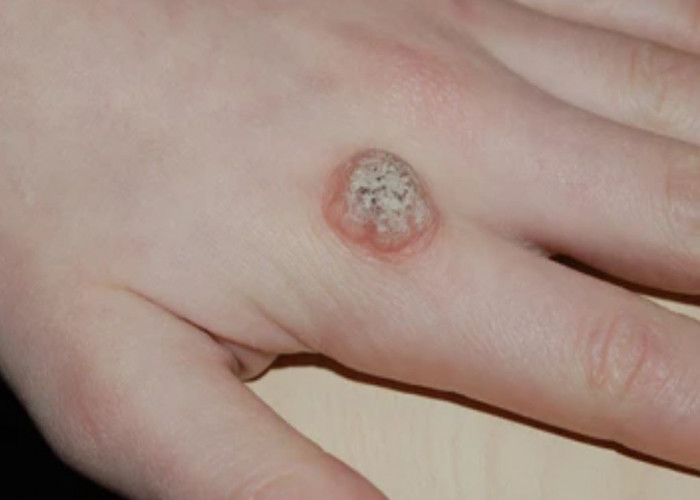 Welcome
Welcome
“May all be happy, may all be healed, may all be at peace and may no one ever suffer."
Common warts
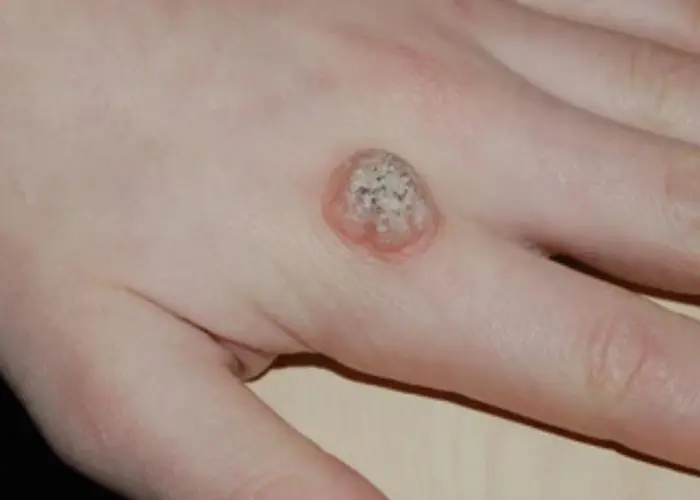
Common warts, also known as verruca vulgaris, are small, rough, raised bumps that typically appear on the hands, fingers, or around the nails, although they can occur on other parts of the body as well. They are caused by the human papillomavirus (HPV) and are contagious, often spread by direct skin-to-skin contact. Common warts usually do not cause any significant health problems, but they can be unsightly or uncomfortable, and they may also cause embarrassment or self-consciousness. Treatment for common warts may include over-the-counter or prescription topical treatments, cryotherapy (freezing the wart with liquid nitrogen), or other procedures such as laser therapy or surgery, depending on the location and severity of warts. In many cases, warts will eventually disappear on their own without treatment, but this can take several months to years.
Research Papers
Disease Signs and Symptoms
- Skin bumps
- Dry, rough skin in the areas with bumps
Disease Causes
Common warts
Common warts are caused by the human papillomavirus (HPV). The virus is quite common and has more than 150 types, but only a few cause warts on your hands. Some strains of HPV are acquired through sexual contact. Most forms, however, are spread by casual skin contact or through shared objects, such as towels or washcloths. The virus usually spreads through breaks in your skin, such as a hangnail or a scrape. Biting your nails also can cause warts to spread on your fingertips and around your nails.
Each person's immune system responds to the HPV virus differently, so not everyone who comes in contact with HPV develops warts.
Disease Prevents
Common warts
To reduce your risk of common warts:
- Avoid direct contact with warts. This includes your own warts.
- Don't pick at warts. Picking may spread the virus.
- Don't use the same emery board, pumice stone or nail clipper on your warts as you use on your healthy skin and nails. Use a disposable emery board.
- Don't bite your fingernails. Warts occur more often in skin that has been broken. Nibbling the skin around your fingernails opens the door for the virus.
- Groom with care. And avoid brushing, clipping or shaving areas that have warts. If you must shave, use an electric razor.
Disease Treatments
Most common warts go away without treatment, though it may take a year or two and new ones may develop nearby. Some people choose to have their warts treated by a doctor because home treatment isn't working and the warts are bothersome, spreading or a cosmetic concern.
The goals of treatment are to destroy the wart, stimulate an immune system response to fight the virus, or both. Treatment may take weeks or months. Even with treatment, warts tend to recur or spread. Doctors generally start with the least painful methods, especially when treating young children.
Your doctor may suggest one of the following approaches, based on the location of your warts, your symptoms and your preferences. These methods are sometimes used in combination with home treatments, such as salicylic acid.
- Stronger peeling medicine (salicylic acid). Prescription-strength wart medications with salicylic acid work by removing layers of a wart a little bit at a time. Studies show that salicylic acid is more effective when combined with freezing.
- Freezing (cryotherapy). Freezing therapy done at a doctor's office involves applying liquid nitrogen to your wart. Freezing works by causing a blister to form under and around your wart. Then, the dead tissue sloughs off within a week or so. This method may also stimulate your immune system to fight viral warts. You'll likely need repeat treatments.
- Side effects of cryotherapy include pain, blistering and discolored skin in the treated area. Because this technique can be painful, it is usually not used to treat the warts of young children.
- Other acids. If salicylic acid or freezing isn't working, your doctor may try trichloroacetic acid. With this method, the doctor first shaves the surface of the wart and then applies the acid with a wooden toothpick. It requires repeat treatments every week or so. Side effects are burning and stinging.
- Minor surgery. Your doctor can cut away the bothersome tissue. It may leave a scar in the treated area.
- Laser treatment. Pulsed-dye laser treatment burns (cauterizes) tiny blood vessels. The infected tissue eventually dies, and the wart falls off. The evidence for the effectiveness of this method is limited, and it can cause pain and scarring.
Disease Diagnoses
Disease Allopathic Generics
Disease Ayurvedic Generics
Disease Homeopathic Generics
-
Thuja occidentalis
3X, 30 strength.
-
Nitric acid
30, 200 strength.
-
Calcarea carbonica
200 strength.
-
Antimonium crudum
6, 30 strength.
-
Causticum
200 strength.
-
Aurum muriaticum natronatum
3X strength.
-
Dulcamara
30 strength.
-
Cinnabaris
3X strength.
Disease yoga
Common warts and Learn More about Diseases
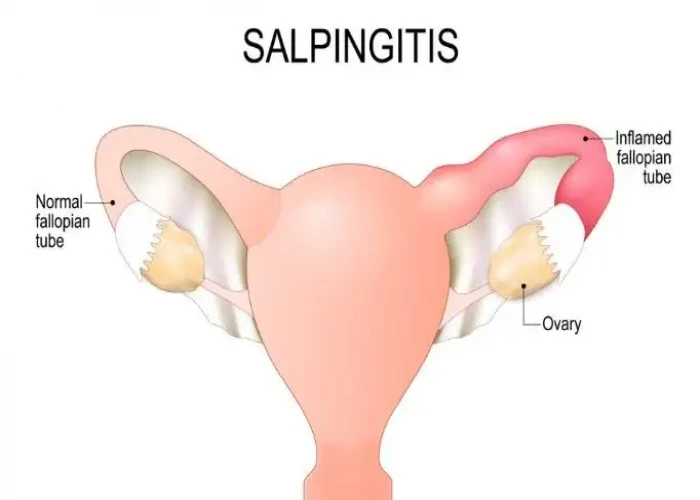
Salpingitis
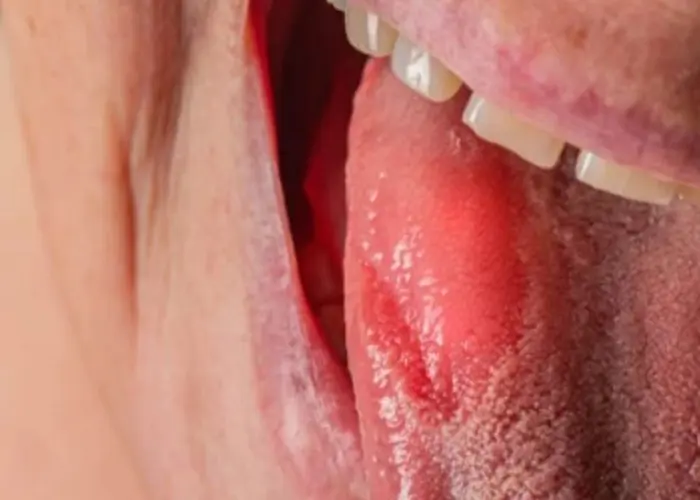
Burning mouth syndrome
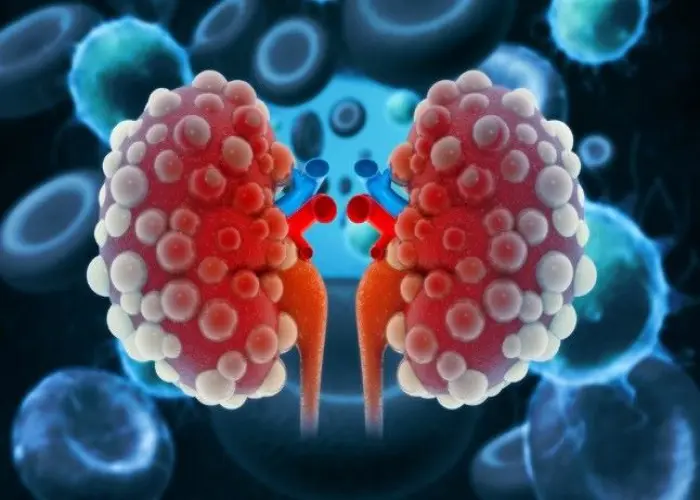
End-stage renal disease

Kleptomania
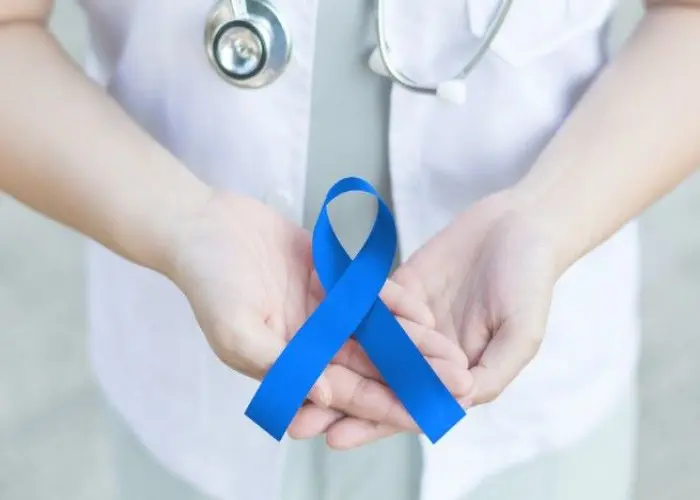
Cyclic vomiting syndrome

Anaphylaxis
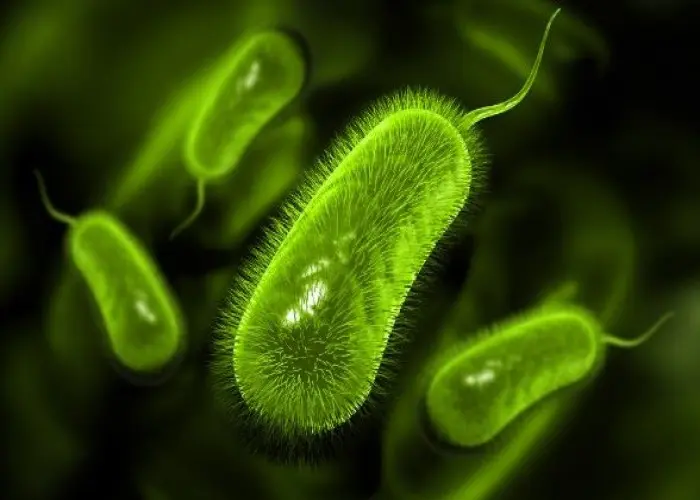
Helicobacter pylori (H. pylori) infection

Hoarding disorder
Common warts, Warts on face causes, Common wart on finger, সাধারণ ওয়ার্টস, সাধারণ আঁচিল
To be happy, beautiful, healthy, wealthy, hale and long-lived stay with DM3S.
